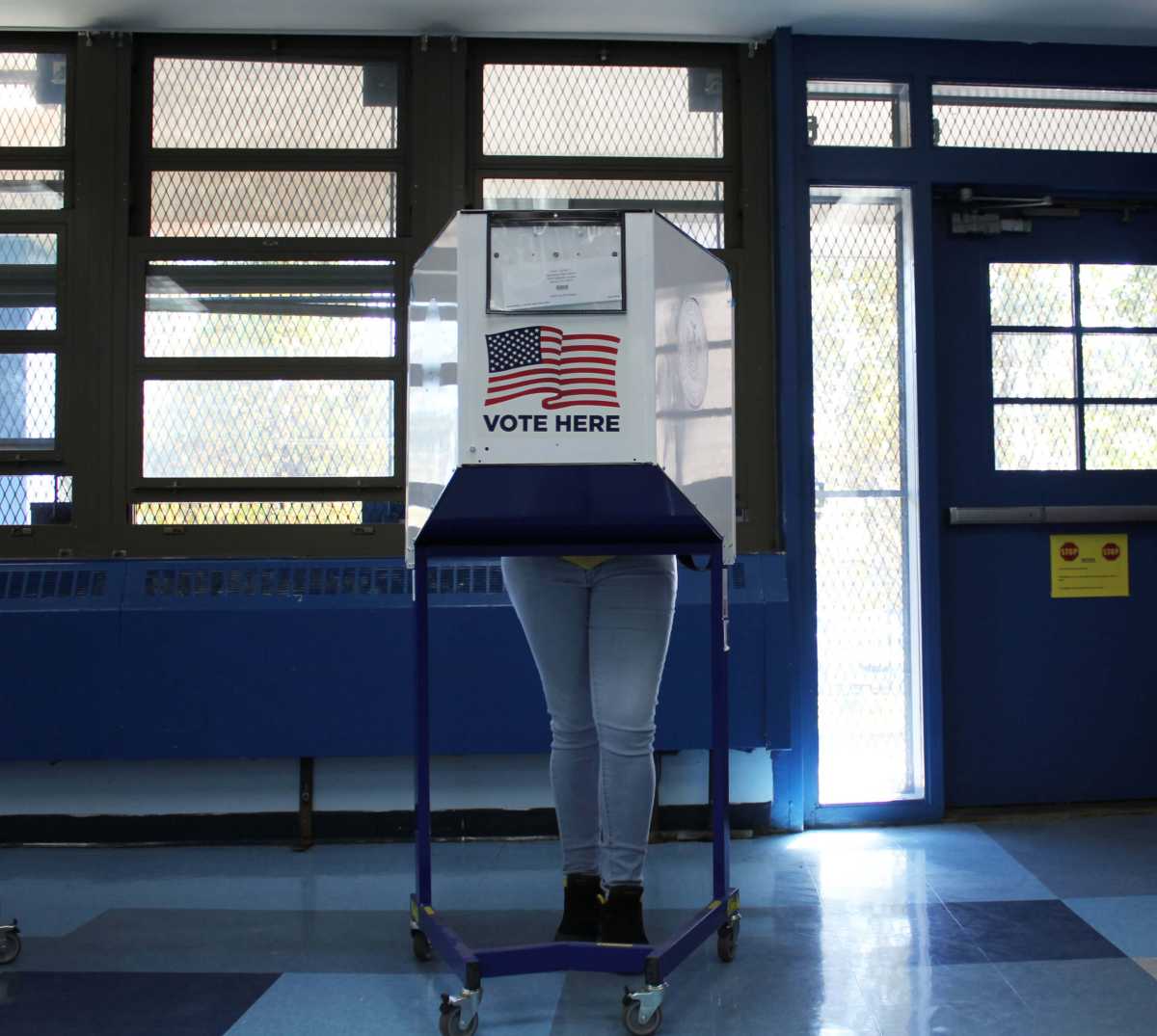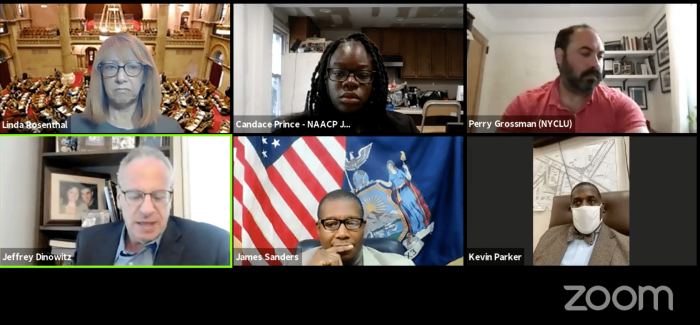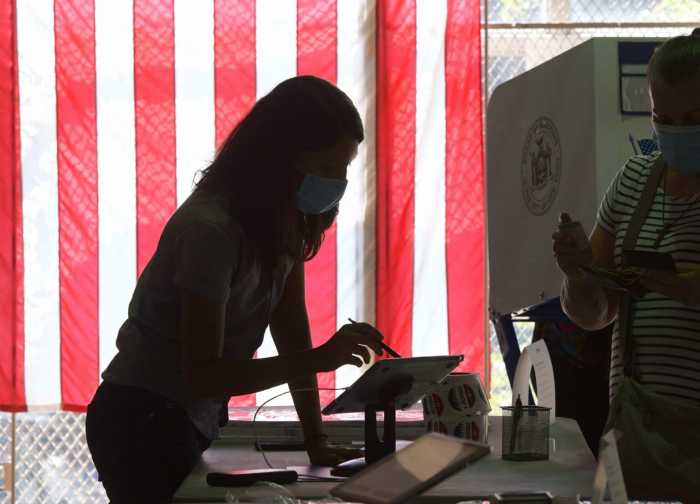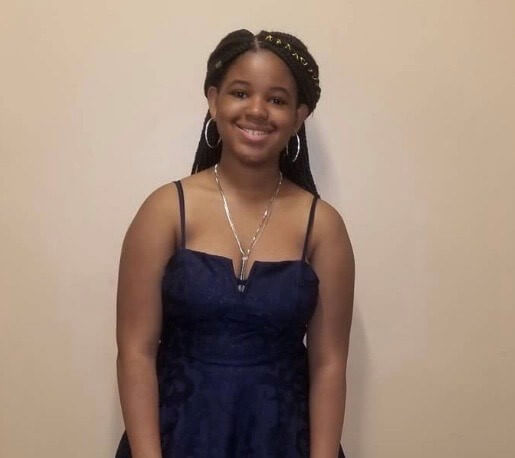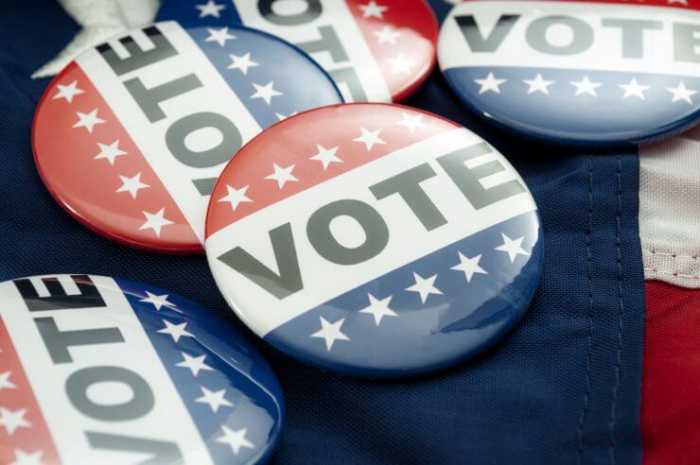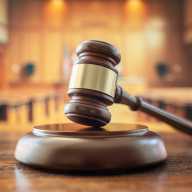Early voting turnout for Tuesday’s midterm elections varied among the five boroughs, with a greater portion of active voters showing up to the polls in Manhattan and Staten Island, and the Bronx ranking last.
About 9.14% of active voters citywide, or 432,634 people, showed up between Oct. 29-Nov. 6 during the city’s early voting period, according to NYC Board of Elections data. In Manhattan, 133,618 people hit the polls early, which is 13.44% of the active voting population in the borough.
While Staten Island only saw 35,868 voters at the polls come early, that figure represents 11.57% of Richmond County’s active voting population.
The Bronx had a few thousand more voters show up than Staten Island with 39,069 early voters, but that figure represents just 5.35% of the active voting population in the northernmost borough.
Queens had 88,840 early voters turn out, or 7.25% of the active voting population while Brooklyn saw 135,239 voters cast ballots during the early voting period, or 9.16% of active voters.
Celina Su, a political science professor at CUNY’s Brooklyn College with expertise in political participation, told the Bronx Times in an interview Monday that the borough breakdowns reflect greater economic patterns in voting, in which wealthier households are generally more likely to vote, although early voting is still an important initiative to remove barriers to voting, she said.
“That’s why it’s a little bit disappointing to see that, at least in the borough-wide numbers … we see the same pattern as usual,” she said. “That the borough with the highest per capita income, Manhattan, has the greatest percentage and the borough with the lowest per capita income, the Bronx, has the lowest percentage.”
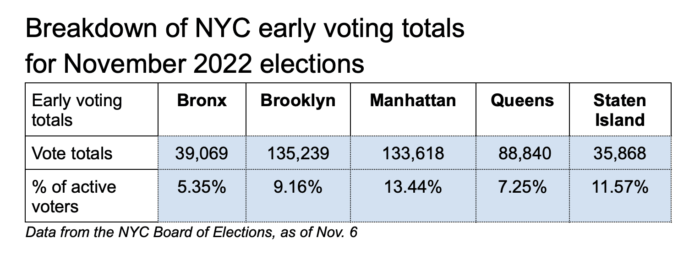
But the borough-wide numbers don’t tell the whole story, as there still could have been new voters and people who wouldn’t have voted otherwise who took advantage of the opportunity, Su added.
The political scientist also believes the city can improve the ease in which people know where to go for early voting with more outreach efforts, like through established organizations and signage at regular polling sites.
“Anything that we can do to help reduce barriers to voting makes a difference,” she said.
Education efforts about referendums, rank choice voting, third parties, language accessibility and any notion of choice can help motivate people to get to the polls in a political climate where some feel cynical about whether their vote makes a difference, according to the professor. Politicians communicating concrete policies can also help galvanize people, she added.
Early voting is still a relatively new process as then Gov. Andrew Cuomo signed off in 2019 to allow early voting in-person in New York, making this year the first midterm and gubernatorial election in the state with the option.
Bronxites ending with a poor early voting turnout was foreshadowed early on, with the borough also seeing the smallest percentage of active voters showing up over the first few days. Political strategists Jake Dilemani and Chapin Fay both told the Bronx Times last week that there had been more energy from Republicans surrounding the midterm election, lining up with a poor showing in the largely Democratic Boogie Down.
In an average of polls, FiveThirtyEight found that Democratic Gov. Kathy Hochul has an average lead of 7.8 over her Republican challenger U.S. Rep. Lee Zeldin, as of Monday, in a closer race than Democrats would have hoped for.
As Democrats look to motivate their base, President Joe Biden joined Gov. Kathy Hochul Sunday at a campaign event held at Sarah Lawrence College in Yonkers.
Reach Aliya Schneider at aschneider@schnepsmedia.com or (718) 260-4597. For more coverage, follow us on Twitter, Facebook and Instagram @bronxtimes

